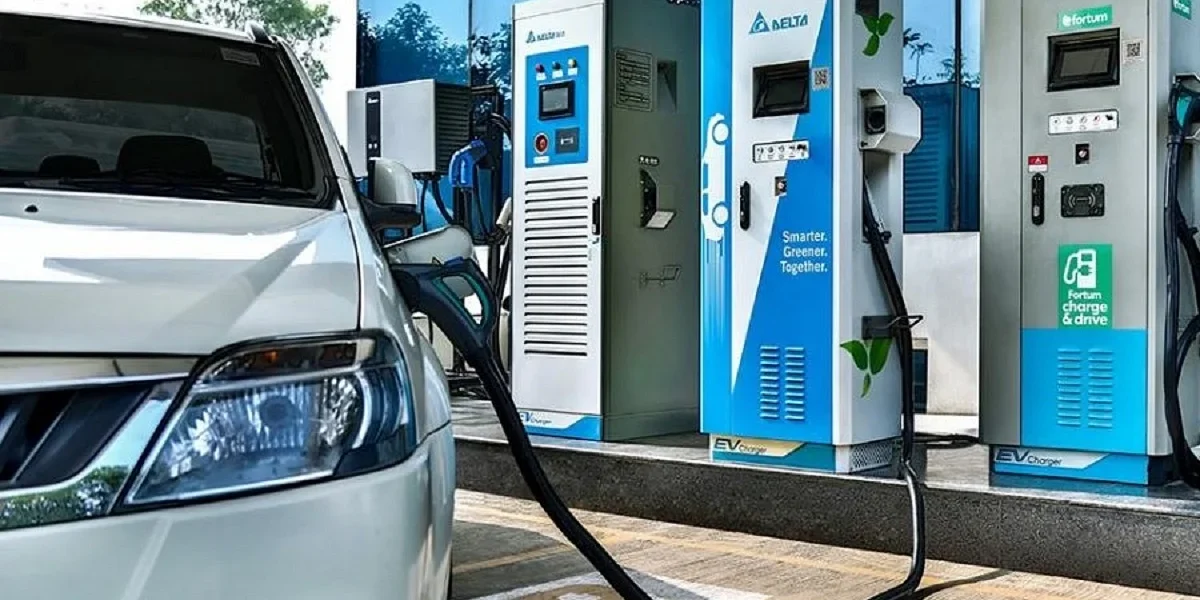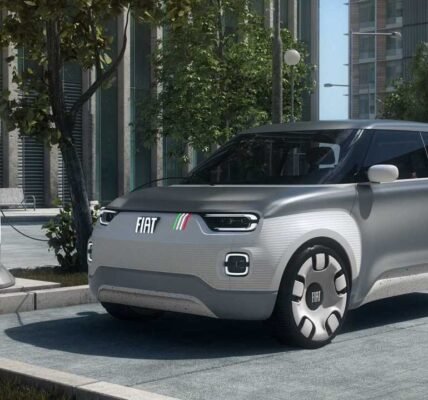The European Parliament has adopted the EU’s rules for expanding EV charging and hydrogen infrastructure. This is another step towards the incoming legislation, which largely follows earlier proposals, and there is news on maritime fuels.
Staying with electric vehicles, negotiators from the Parliament and the EU states had negotiated binding targets for EV infrastructure expansion first in March. The EU Parliament adopted the draft without changes, with 514 votes to 52 and 74 abstentions.
The agreement reached by the negotiators stipulated that electric cars must be able to charge every 60 kilometres along the main routes (TEN-T) in the European Union by 2026, offering 400 kW, with the network’s power output increasing to 600 kW by 2028.
For trucks and buses, the negotiators had agreed that there must be a charging station every 120 kilometres. These stations should be installed on half of main EU roads by 2028 and with a 1,400 kW to 2,800 kW power output depending on the road, MEPs confirmed today. And by 2031, member states must ensure that hydrogen filling stations are installed at least every 200 kilometres along the main routes.
The Transport Committee of the EU Parliament developed and presented the proposal to install charging stations for cars every 60 kilometres in October 2022. At that time, there was specific talk of “electric charging pools”, meaning larger facilities with several charge points. The EU Parliament adopted the term again today.
The large majority in favour is also hardly surprising, given that the Parliament’s negotiators were involved in the formulation. Once the Council has also agreed, the infrastructure regulations will come into force six months after the conclusion of the legislative process.
Parliament’s rapporteur on alternative fuels infrastructure Petar Vitanov (S&D, BG), said the new rules would “help to deploy more charging infrastructure and make it as easy to use as traditional petrol stations”.
This also includes payment options. The EU Parliament stressed today that “users of alternative fuel vehicles will have to be able to pay easily at recharging points” – easily meaning payment cards and contactless payments that do not require a subscription. On metering, the EU rules that prices must be displayed per kWh, kg or minute/session. MEPs also promised that the Commission will set up an EU “database” on alternative fuels data by 2027 to provide consumers with information on the availability, waiting times or prices at different stations.
Also, in today’s session, MEPs adopted new rules on cleaner maritime fuels. Ships will have to gradually reduce greenhouse gas emissions by 2% by 2025 to 80% as of 2050 (below 2020 level). This would apply to ships above a gross tonnage of 5,000, which are in principle responsible for 90% of CO2 emissions, so the EU. The rules apply to all energy used on board in or between EU ports and 50% of the energy used on voyages outside the EU or in EU’s outermost regions.
Parliament’s rapporteur on sustainable maritime fuels Jörgen Warborn (EPP, SE), called the new rules “by far the world’s most ambitious path to decarbonising maritime transport. It targets 90% of maritime CO2 emissions while shielding the smallest ship-owners and ports from costs and administrative burden.”
The rules on sustainable maritime fuels were backed by 555 votes to 48 and 25 abstentions. Once Council has approved the law, the sustainable maritime fuels rules will apply as of 1 January 2025.








